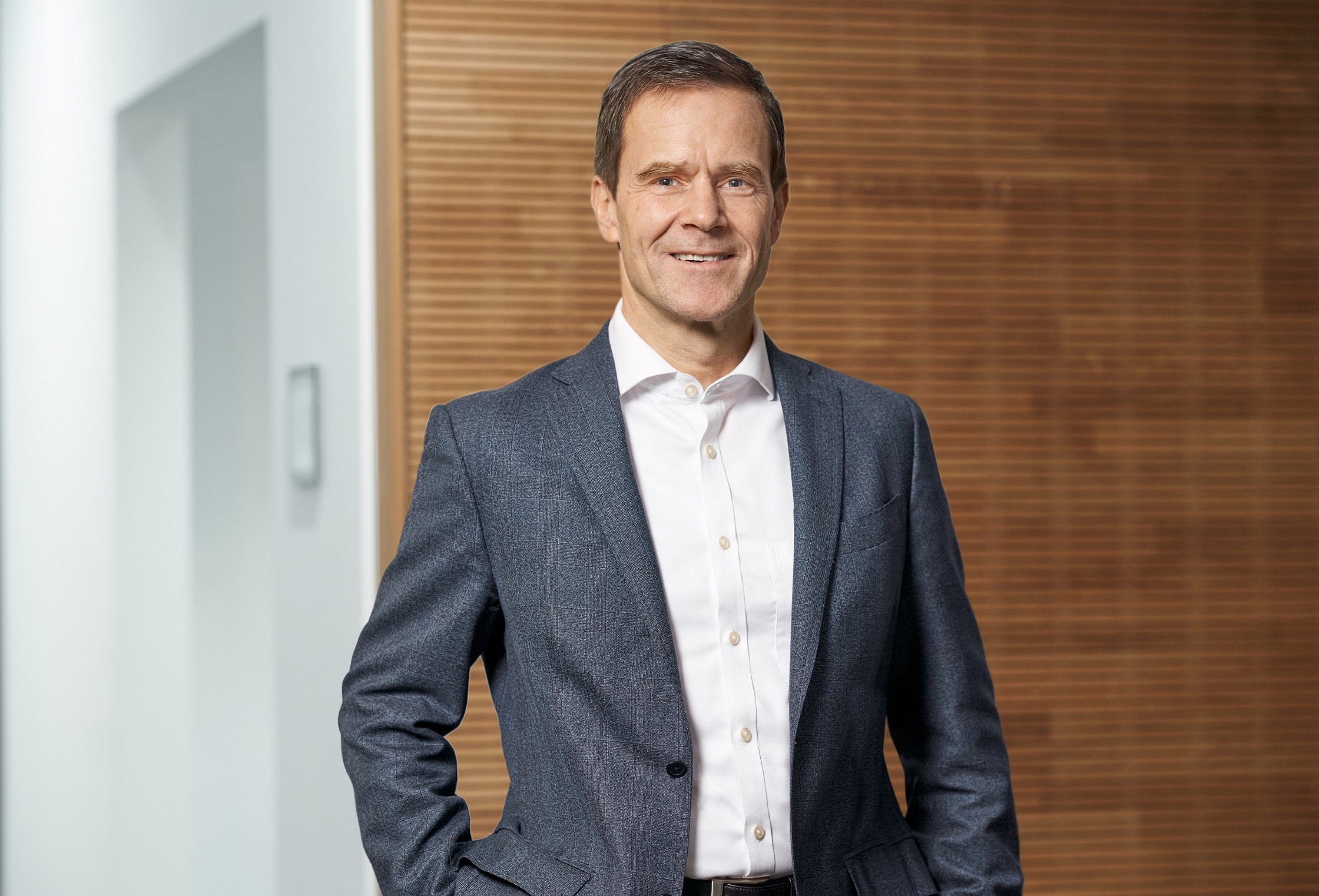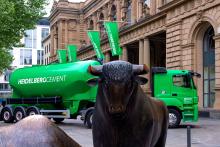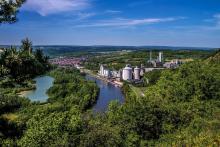
The German-based company's Q4 revenue declined by 3% to €4.446bn from €4.578bn in the fourth quarter of 2019.
In its main business areas cement volume increased year-on-year by 2% to 31.4 million tonnes during Q4, and aggregates volume was up by 1% to 75 million tonnes. Ready-mixed concrete volume fell by 2% to 12.5 million m3, while asphalt volume remained static at 2.9 million tonnes.
Despite the difficult market environment, HeidelbergCement said the cash inflow from operating activities of the continuing operations increased significantly by €370m to €3,046m (previous year: €2,676m) in the full financial year. The cash inflow was used in particular for the reduction of net debt. It added that the considerable increase in cash inflow from operating activities was based on the good operating business and the consistent spending discipline within the framework of the company's COPE action plan.
Group revenue decreased by 6.6% to €17,606m in 2020 (previous year: €18,851m). On a like-for-like basis, the decline amounted to 4.6%.
“The entire HeidelbergCement team has demonstrated exceptional flexibility and resilience over the past year,” said Dominik von Achten, chairman of the managing board of HeidelbergCement. “As a result, we were able to achieve top results in key figures despite an unprecedentedly difficult year."
In terms of outlook for 2021 HeidelbergCement expects demand to develop positively in many markets during the financial year.
“The good start to the year confirms our optimistic outlook for 2021,” said von Achten. “There should be tailwind from the partly massive infrastructure programmes in many countries. The private residential construction sector should also continue to grow.”
The company expects a slight increase in revenue before exchange rate and consolidation effects in 2021.
HeidelbergCement anticipates further increases in the costs of raw materials as well as secondary cementitious materials and expects moderately rising energy costs, particularly for electricity, diesel, and petroleum coke, on a like-for-like basis. It therefore anticipates a slight increase in the result from current operations before exchange rate and consolidation effects for 2021, as well as a significant increase in ROIC (return on invested capital) to above 8%.
It adds that the further development of the corona pandemic and progress with vaccinations is particularly decisive for the actual extent of growth, as well as local economic development and the level of public and private investments.
The company says it is giving high priority to the sustainability issue. By 2025, HeidelbergCement aims to reduce specific net CO2 emissions to below 525kg per tonne of cementitious material. This corresponds to a reduction of 30% compared with 1990. In 2020, specific net CO2 emissions decreased by 2.3% to 576kg per tonne of cementitious material compared with the previous year (minus 23% compared with 1990).








